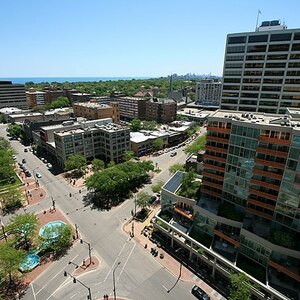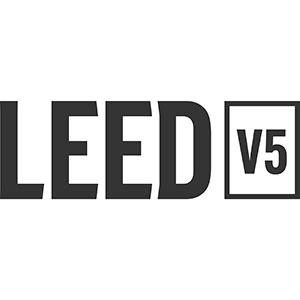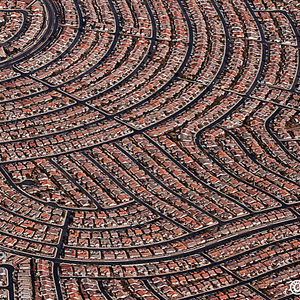
Standardized building codes basically exist to keep roofs from caving in and building materials from jeopardizing our health. There’s a reason such codes are called “baseline”; they achieve the bear minimum standards required to keep occupants relatively safe. They are prescriptive. Accessibility, means of egress, basic ventilation, structural integrity, and so forth are all critical factors within the International Building Code (IBC). Energy efficiency and high performance, however, are not.
You’ve likely seen this figure by now: buildings are responsible for approximately 40% of greenhouse gas (GHG) emissions globally, when accounting for materials and building operations. (That figure goes up significantly once you factor in embodied carbon emissions associated with extraction, manufacturing, transportation, construction, and end-of-life phases of buildings, which is estimated to account for an additional 11% of global GHG emissions.) At this rate, adhering to baseline won’t maintain this status quo; those percentages will only keep ticking higher. And despite historic upticks in architectural billings for renovation projects, a worldwide skilled labor shortage, global inflation, and those pesky supply chain issues lingering from the Covid era, the construction market continues to grow on nearly every continent.
So, how do we save us from ourselves and keep building in the process?
Going beyond basic code
For starters, raise the standard. Transform baseline performance into something that until recently was deemed above and beyond. And that’s just what the Commonwealth of Massachusetts has been doing.
Back in 2009, Massachusetts became the first state to adopt an above-code appendix to its base energy code, known as the “Stretch Code,” which emphasizes energy efficiency and the environmental impacts of energy usage. Then in 2021, the state passed legislation that required the development of a municipal opt-in specialized stretch energy code (aka Specialized Code) that specifies net-zero energy building performance standards…
Weekly Newsletter
Get building science and energy efficiency advice, plus special offers, in your inbox.

This article is only available to GBA Prime Members
Sign up for a free trial and get instant access to this article as well as GBA’s complete library of premium articles and construction details.
Start Free TrialAlready a member? Log in














0 Comments
Log in or become a member to post a comment.
Sign up Log in